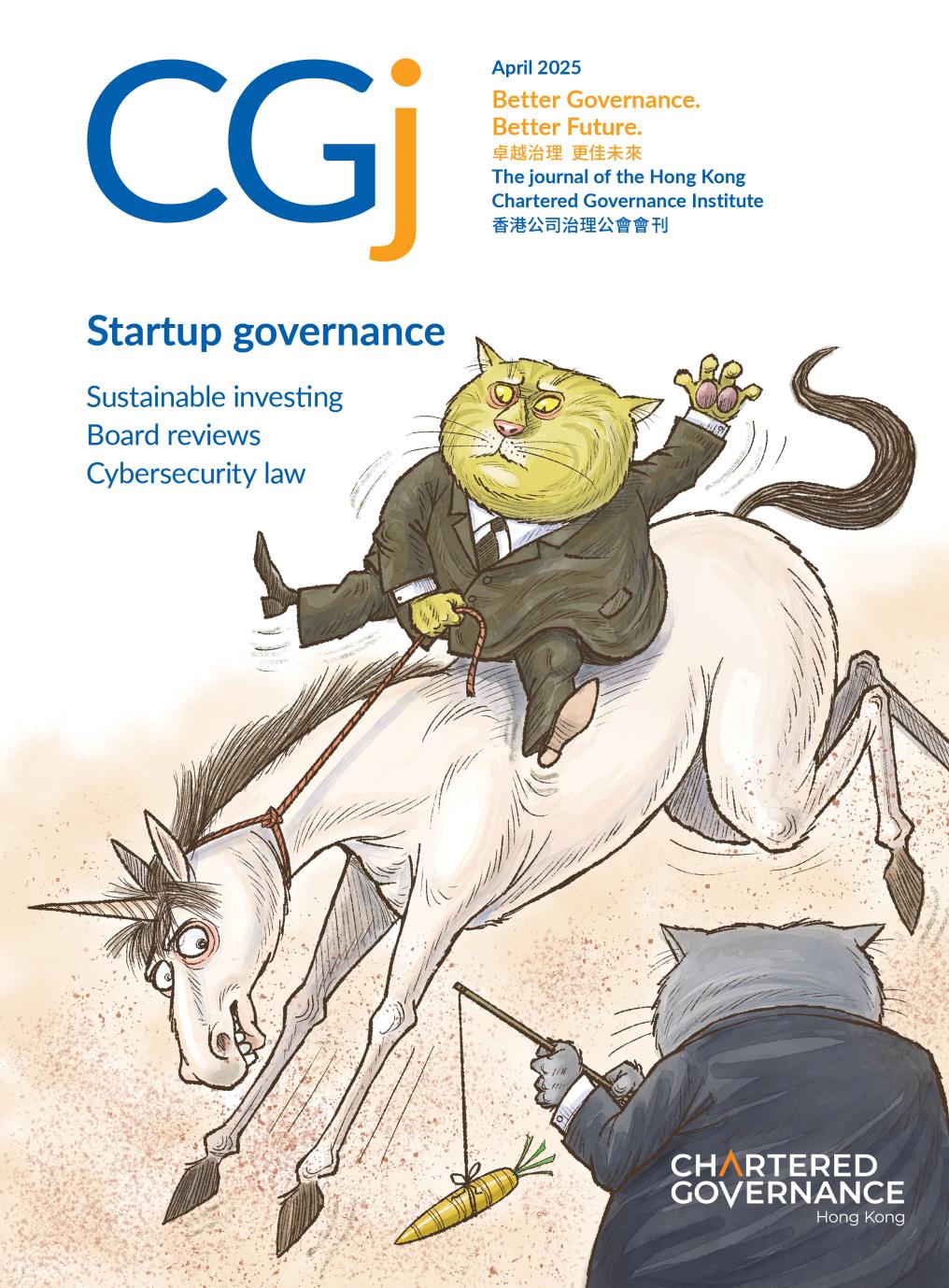
The journey to seeking long-term investment success
Devyani Daga, Managing Director, Cambridge Associates, explores how having strong investment governance, as well as the integration of sustainable and impact investing into portfolios, can help drive long-term investment success.
Highlights
- strong investment governance, including clear roles, authority and decision-making processes, is one of the key factors in achieving long-term investment success
- sustainable and impact investing (SII) themes are increasingly integral to managing risk and aligning portfolios with long-term financial and environmental goals
- investors can build resilient portfolios by integrating SII themes while maintaining an attractive risk/return profile
As investing becomes increasingly complex in today’s rapidly changing environment, one of the questions that frequently comes up in our client conversations is what can investors do to achieve long-term investment success?
Beyond having clearly defined financial objectives and an investment strategy for a diversified portfolio – including asset allocation, selection and monitoring of investments, and risk management – what we believe is equally important is having sound investment governance policies in place that guide and oversee the investment programme. Without clear governance, investors or organisations will find it harder to engage in effective decision-making, which can lead to adverse outcomes.
What is investment governance?
Investment governance is the process through which an individual or group exercises investment authority, makes investment decisions and conducts investment oversight.
Good governance should not be confused with the execution of an investment strategy. This distinction is a cornerstone of good governance. Besides decision-making, there are other elements of investment governance including transparency, education and training, and strong leadership.
Using our family clients as an example, providing transparency in relation to portfolio choices and allowing for honest discussion of successes and failures will help the broader group of family members better understand why the portfolio is behaving in a particular way. It can also strengthen their buy-in to the strategy, which is especially true when investments do not meet expectations. Education and training can also help the next generation of family decisionmakers be better prepared to assume leadership positions. Strong leadership – including knowledgeable and engaged family members, as well as well-defined governance and management roles – can strengthen relationships with third-party investment advisors.
Three building blocks of investment governance
The right approach to investment governance varies greatly, because each family or organisation has its own needs. Incorporating the following three building blocks of investment governance can help investors create a framework that works best for them.
- People. Determine who will occupy a role in governance and what decision-making responsibilities might be delegated to third parties.
- Authority. Define the source of decision-making power in legal terms and how best to adhere to those requirements, such as whether authority is exercised by the family/organisation or by third parties.
- Process. Articulate the decision-making procedures and the degree of formality to be adopted by the family/organisation or by third parties
Investors can tailor each of these components to their particular circumstances as they optimise their approach to investment governance.
Implementing investment portfolios
Having a good investment framework in place is only half the battle won. In addition to that, investors will also need to formulate an investment strategy that meets their financial objectives and generates outperformance.
For investors who are interested in implementing sustainable and impact investing (SII) themes in their portfolios, the start of the process can seem complex, leaving many investors new to SII wondering how to begin.
For starters, the terms sustainability and impact carry different meanings, revealing the relationship between financial returns and investor values. Many link sustainability to financial materiality, appreciating the significance of misunderstood environmental and social factors to an investor’s bottom line. Investors focused on integrating sustainability into portfolios are also often motivated by values or mission alignment. Impact investing is more specific, signifying ‘an investment made in an enterprise because [it] offers a market-based solution to an environmental or social challenge that the investor wishes to address’.
Values alignment and exclusionary screens drove the early stages of SII as a practice in the 20th century, which was valuable for elevating environmental, social and governance (ESG) concerns and understanding. Today, financial materiality is a more visible and key component thanks to a greater abundance of ESG data and corporate disclosure. Structural trends, such as climate change, the rise of stakeholder capitalism and technological innovation, reinforce the materiality of sustainability and help to raise its profile in mainstream investing.
Characteristics of SII portfolios
Integrating SII themes into a diversified portfolio can be a viable approach to managing a long-term investment programme. Within the broad field of SII, some investors choose to approach SII opportunistically, while others consider a variety of factors.
For example, fundamental investors may use SII themes to identify attractive high-quality value stocks with mispriced risks or underappreciated opportunities. By leveraging climate science data to identify cyclical industrial and materials companies – typically associated with value investing – investors are beginning to allocate capital to low-carbon solutions or to those on a pathway to becoming carbon neutral.
They may also view companies along the value chain of battery or solar panel manufacturing, such as mining companies, as value exposure to the energy transition. Investors committing to net zero carbon goals in their portfolios may look to these types of investment to satisfy long-term targets. Cyclical companies with the awareness of and commitment to integrating sustainability factors into business practices will better manage risk and should prevail in the long run.
SII investors grapple with how much to deviate from peers or broad indexes to capture long-term material SII themes not accounted for in current markets. We acknowledge the complexity of incorporating SII themes into long-term strategic planning and short-term tactical positioning. A long time horizon is a foundational aspect of an SII approach, as is an understanding of how future-oriented trends will develop, as well as of how to construct resilient portfolios in the face of long-term challenges and opportunities.
The way forward
It is easier than one might think to build a well-structured investment governance framework and a diversified investment portfolio that meaningfully integrates SII themes, while maintaining an attractive risk/return profile. We can all play a part in contributing to real world climate solutions.
Devyani Daga, Managing Director, with contributions from Charlie Grace, Managing Director, and Sarah Edwards, Senior Investment Director, Sustainable and Impact Investing
Cambridge Associates


